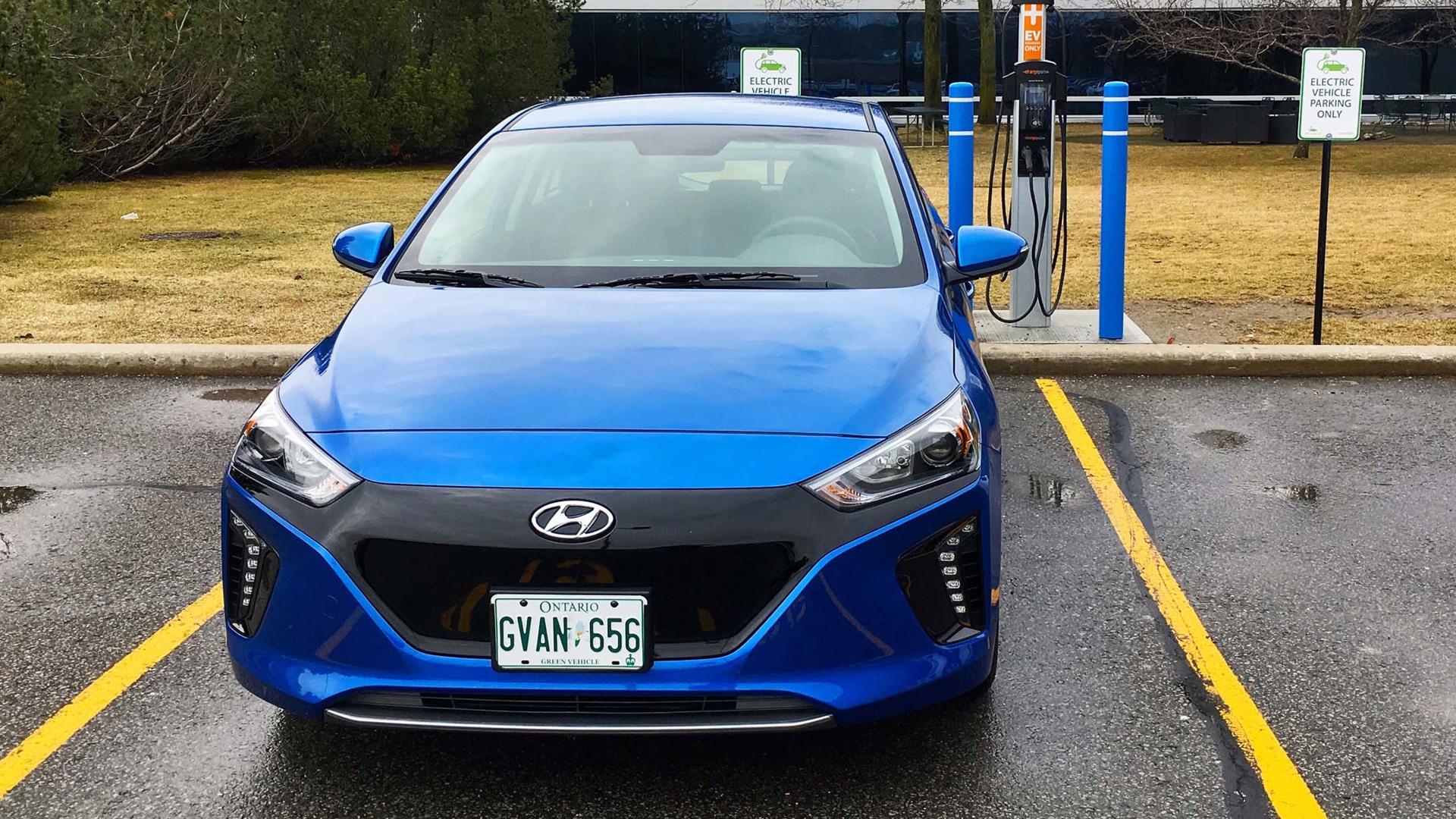A trial of a new EV incentive in the US shows that giving incentives to dealers helps boost sales to consumers, finds a study, while other announced incentives slated for Ontario EV buyers have either stalled or seen mixed progress, heading into its end of 2017 timeline.
The Connecticut government tried a new way to give incentives for buying electric vehicles. Since 2014, the state has been giving not just a US $5,000 rebate to consumers for buying an EV, they've been giving dealers a $300 rebate for selling them. It's the only dealer EV rebate of its kind, so a study was conducted to see if it was working. The Center for Sustainable Energy surveyed dealership employees to find out if the extra money was pushing them to sell more electrics.
The study found that the program was successful in motivating sales staff to spend more time showing customers electric vehicles. It also motivated dealers to participate in the rebate program, instead of ignoring it. Both of those measures help sell more EVs to more people, especially those who were on the fence about electrics.
The study found that paperwork for dealers to submit the rebate for customers was time-consuming. That gave dealerships little incentive to spend more time selling lower-profit electric cars.
The study also showed that 69 percent of sales staff involved in the sale didn't see any of the incentive themselves. In the future, the program may see an update to give an incentive directly to the salesperson involved. The study suggests better tracking of how dealerships use the money.
No similar program exists in Canada, but last year, the Ontario government introduced a new Climate Change Action Plan that included a number of new and continued measures to increase EV sales and make electric cars more appealing. Many of those initiatives were to be in place or at least underway by the end of this year - but coming into the last quarter of 2017, progress on the plan's new initiatives appears mixed.
The first part of the plan was to maintain EV incentives. Ontario currently has the largest rebates in the country, at up to $14,000, and has given no sign that they are stopping the plan soon.
The Government planned to invest in more charging stations. That they've done, and although the full network opening has been delayed, more than 300 of the planned stations are open. The plan also called for eliminating the HST on zero emission vehicles, free at-home overnight charging, and a cash-for-clunkers style program to put EVs in the hands of low income households, although some of those measures indicated a 2018 timetable. No public indications of progress have been made on any of those.
The province has continued work with programs like working with Plug'n Drive to promote and showcase EVs. The Plug'n Drive EV discovery centre opened this spring.
The final part of the plan was to add building infrastructure by changing the building codes to put more chargers in homes and offices. The province has made changes, but not what was originally planned. The original plan called for all new homes and townhomes with garages to have a 50-amp, 240-volt plug in the garage that could charge an EV. The actual changes see the conduit run and a box installed, but no wires and no plug. So it will be easier to install the plug, but new homes won't be EV ready.
All new office buildings were to have charging infrastructure as well, but the actual changes are slightly different. The rule only applies to indoor parking, but requires 20 percent of spaces to have a charging plug. The rest are to be designed so that it can be easily added later.
For potential EV buyers in the rest of the country, the federal government has previously pledged more than $180 million in the last two years for EV and alternative fuel infrastructure. That includes a new charging network to be installed between Ontario and Manitoba. The feds have also committed to establishing a national EV strategy in 2018, but haven't given a progress report or timeframe on that strategy.

